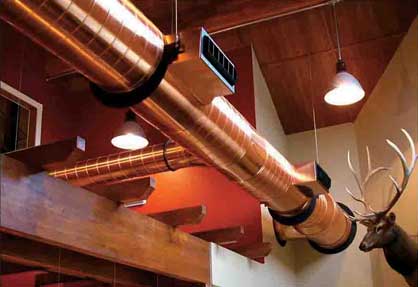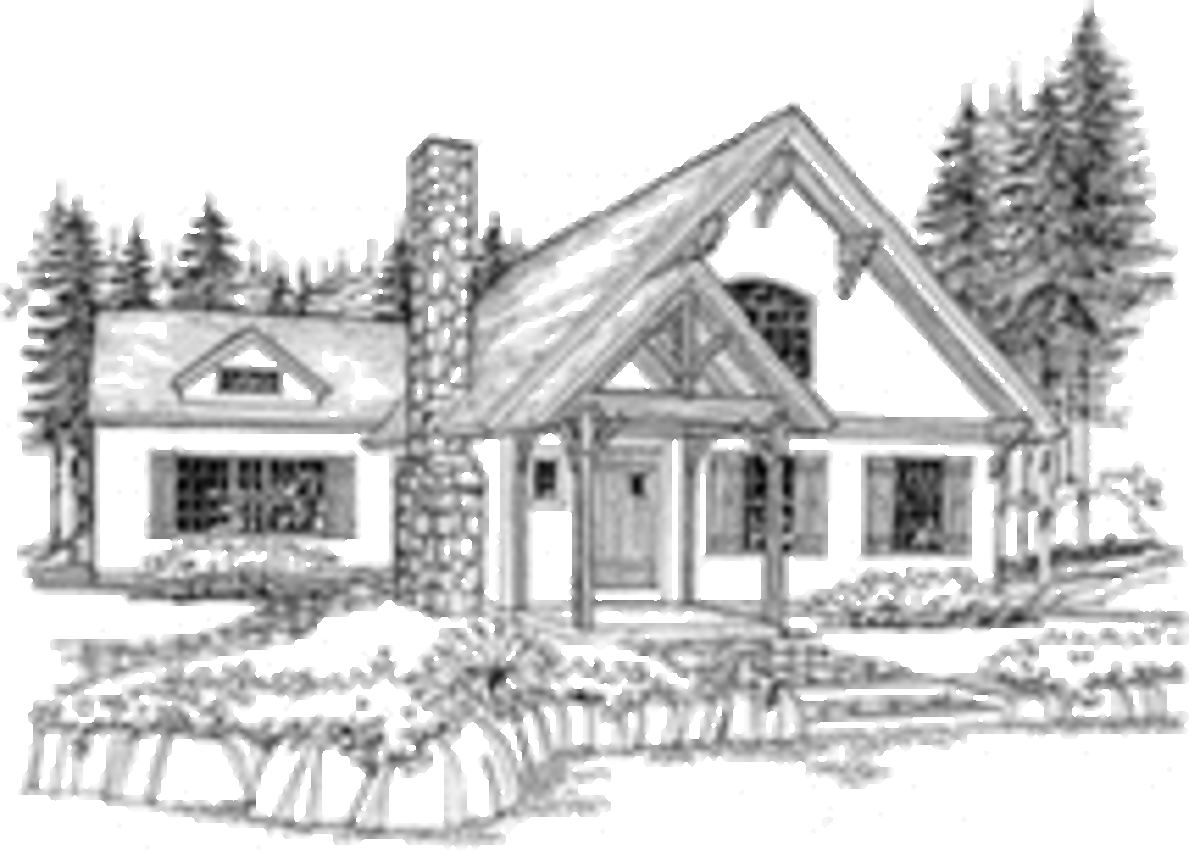4 Interesting Natural Materials Used in Green Home Building

There are many wonderful options available to people who are interested in earth-friendly home building. Natural materials such as sod and reclaimed wood are frequently used to build homes. But there are also more interesting natural materials that are commonly used in alternative home building. For example, did you know that you can build homes out of bamboo? What about out of straw bales? The options are limited only by the creativity you have in harvesting and constructing the natural materials available all around you. Here’s a look at four interesting materials that can be used in alternative home building: bamboo, straw bales, wool and copper.
Bamboo in alternative home building
Bamboo is rapidly becoming one of the most popular building materials for alternative home builders and other green builders. Part of the reason for this is that bamboo is highly versatile. It can be used to strengthen the structures of homes that have been primarily built with other alternative building materials. It can also be used to create flooring and other interior finishing in the home. It is a simple material that adds to the peacefulness and serenity of the alternatively built home. And it is a material that is readily available in many different parts of the world, which helps to significantly reduce its cost as a building material. It is considered one of the leading materials in the movement to replace wood with other, similar material.
Straw bales in alternative home building
Straw bale homes are relatively inexpensive to build and offer great long-term savings due to the fact that they are highly efficient. They are particularly efficient in warm locations in which the cost of keeping homes cool tends to be high. The construction of the straw bale home is well suited to this because it offers a natural cooling system that requires no additional electricity. Even in heat that exceeds one hundred degrees, the properly built straw bale home will feel absolutely air conditioned even though it is not. One of the main concerns that people have with straw bale homes is that they think the nature of the material makes it easy for pests (such as termites) to attack the home. Because of the construction of the straw bale, with densely packed straw tightly bound together, this threat is highly unlikely. It is actually much more common for the standard home to be destroyed by termites than it is for the straw bale home to suffer this problem. There are homes in Nebraska that were made out of straw bale as far back as the 1800s and which are still standing and in use today. This speaks to the durability of this building material, an important selling factor to consider when you think about the construction of a green home.
Consider the following information about the environmentally friendly factor of building with straw bales: “The use of straw bales can have a huge impact on our natural resources and air pollution. Each year, the U.S. alone burns or disposes of 200 million tons of ‘waste straw,’ producing massive amounts of carbon dioxide. The use of straw as insulation reduces the need for initial energy outputs in regards to manufacturing. There is less embodied energy in straw as it is available in almost every local market, thereby reducing transportation costs and efforts. Straw is a renewable resource that has a one year growth/harvest cycle. By using this local, agricultural by-product as a building material, we reduce energy expenditures, the amount of straw burned, and the use of fossil fuels needed for material transportation.” Andrew Morrison
Wool Carpet in Alternative Home Building
Wool carpet is considered one of the greatest additions to the naturally built home. This is because it provides an alternative interior design option that former alternative home builders often found lacking. The flooring of alternative homes has traditionally been a hard surface. This has included earth-based foundations as well as tiling made from natural materials. Many people love their alternative homes but miss having that feeling of stepping on to plush carpet at the start of their day. Wool carpet offers a natural, healthy alternative that lets these people have their organic cake and eat it, too. Despite that it offers this alternative, most people still opt not to include a wool carpet (or other natural carpet) in their homes. It is cost-prohibitive for some people and considered unnecessary by others. Still others believe that, even with the additional healthiness it offers, it is not as healthy as other types of building material. Despite this, it is always nice to have options and wool carpet provides that. Some people are finding that using wool carpet in certain areas of the home — just the bedrooms, for example — can add a nice interior touch to the design of the home without compromising the alternative home building budget or the overall health of the home’s occupants.
Copper in Alternative Home Building
Copper does not often get included in the conversation of alternative home building. There are a number of reasons for this. First of all, the practices used to mine copper are not always in line with the methods one would like to see used in green building. Secondly, copper is not a material used to build entire homes but rather one used to supplement other homes. Despite this, it is an important product to consider when talking about alternative home building.
Copper can be used to add details to the home that will make it more efficient over time. Copper is particularly useful in adding design elements to the roof area of the home while also increasing efficiency. For example, you can use copper to create ornate guttering, chimney caps, and venting. These are both decorative and functional. And using copper offers much more in the way of the longevity of the home than using standard construction materials does.
Copper is a material that has been used in building since days long past. In fact, it was used for venting before energy powered our homes. For that reason, venting with copper can improve the home’s efficiency. Additionally, most copper is designed to last for a long period of time, which means there will be no need to replace it down the line. Furthermore, much of the copper used in building is recycled, further improving the green quality of the home. Consider copper and the other three materials if you’re thinking about greening your home building process.






